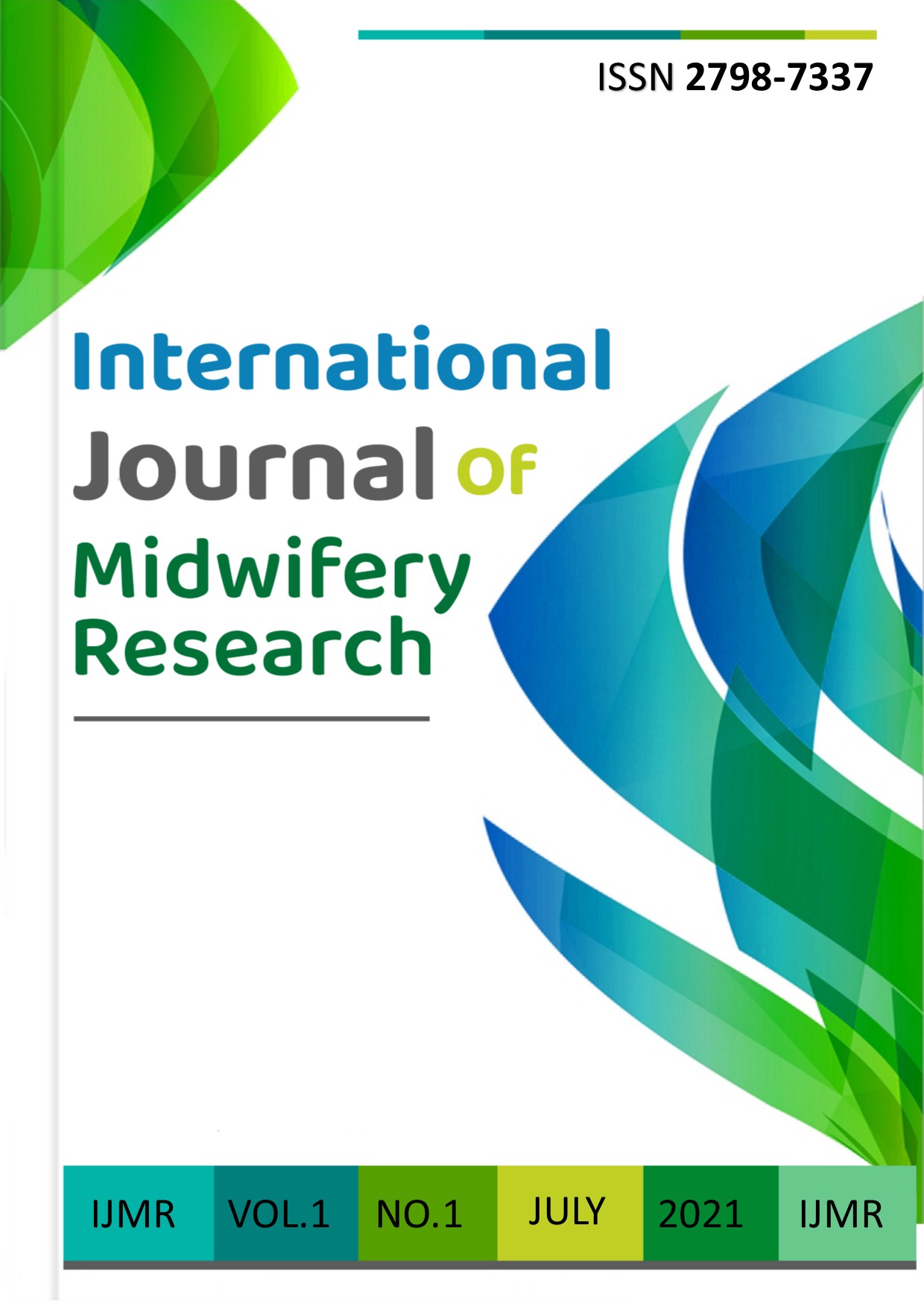THE IMPACT OF PREGNANT WOMEN NUTRITIONAL STATUS HISTORY WITH STUNTING IN TODDLERS AGED 2-3 YEARS
DOI:
https://doi.org/10.47710/ijmr.v1i1.6Keywords:
Nutritional status, pregnant, toddlers stuntingAbstract
Stunting that take place in childhood will have an impact in the future, which can cause intelligence quotient (IQ) disorders, psychomotor development, motor skills, and neurosensory integration, having an average IQ of 11 points lower than children who do not Stunting. This research was to analyze The Impact Of Pregnant Women Nutritional Status History With Stunting In Children Aged 2-3 Years. The research design used was Case Control. This research was conducted in 5 posyandu, Tegalagung Village, Semanding District, Tuban Regency. This research was conducted in January-March 2021. This study using a total sampling technique, the sample of this study was some toddlers aged 2-3 years in Tegalagung Village, Semanding District, Tuban Regency who met the inclusion criteria. Data analysis used the Spearman test with a significant value of 0.05. Based on the results of SPSS version 21 using the Analysis using Spearman test got the result p-value = 0.635, because the p-value > 0.05 This shows that H1 is rejected, meaning that there is no significant impact between maternal nutritional status during pregnancy and the incidence of stunting in toddlers. 2-3 years old in Tegalagung Village, Semanding District, Tuban Regency. The results of this study are expected to be a source of information for health workers, especially midwives in providing midwifery care to mothers during pregnancy and toddlers to deal with stunting in toddlers
Downloads
Published
Issue
Section
License
Copyright (c) 2021 International Journal of Midwifery Research

This work is licensed under a Creative Commons Attribution 4.0 International License.
International Journal of Midwifery Research is a scientific peer-reviewed which articles are freely available to be accessed, downloaded and used for research purposes. Manuscripts submitted to International Journal of Midwifery Research are published under the terms of the Creative Commons License. The terms of the license are:
Attribution — You must give appropriate credit, provide a link to the license, and indicate if changes were made. You may do so in any reasonable manner, but not in any way that suggests the licensor endorses you or your use.
ShareAlike — If you remix, transform, or build upon the material, you must distribute your contributions under the same license as the original.
No additional restrictions — You may not apply legal terms or technological measures that legally restrict others from doing anything the license permits.












